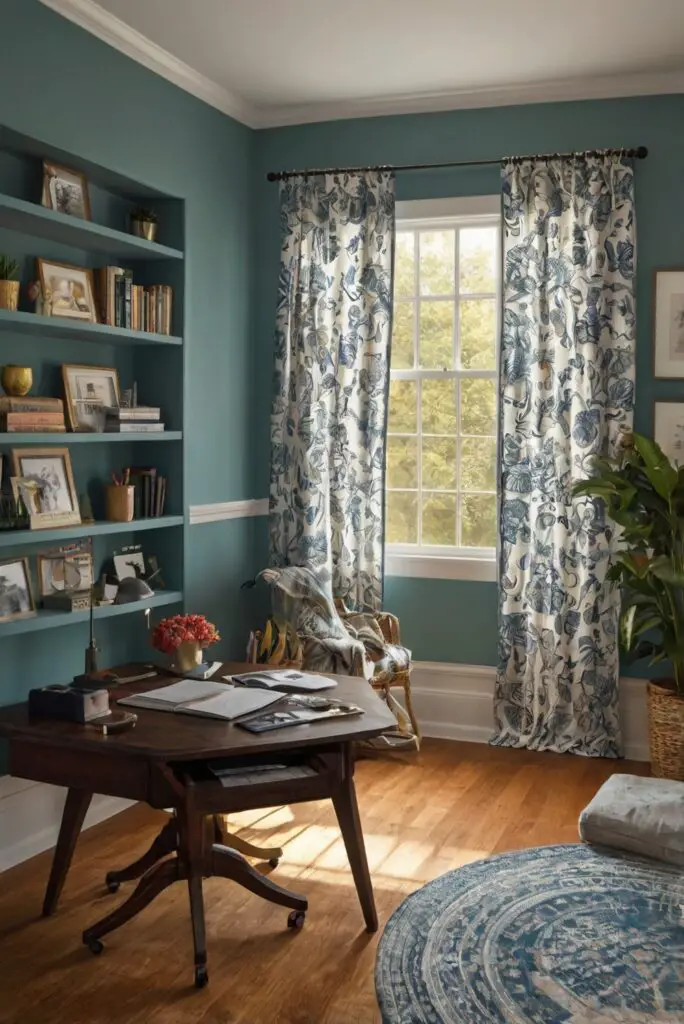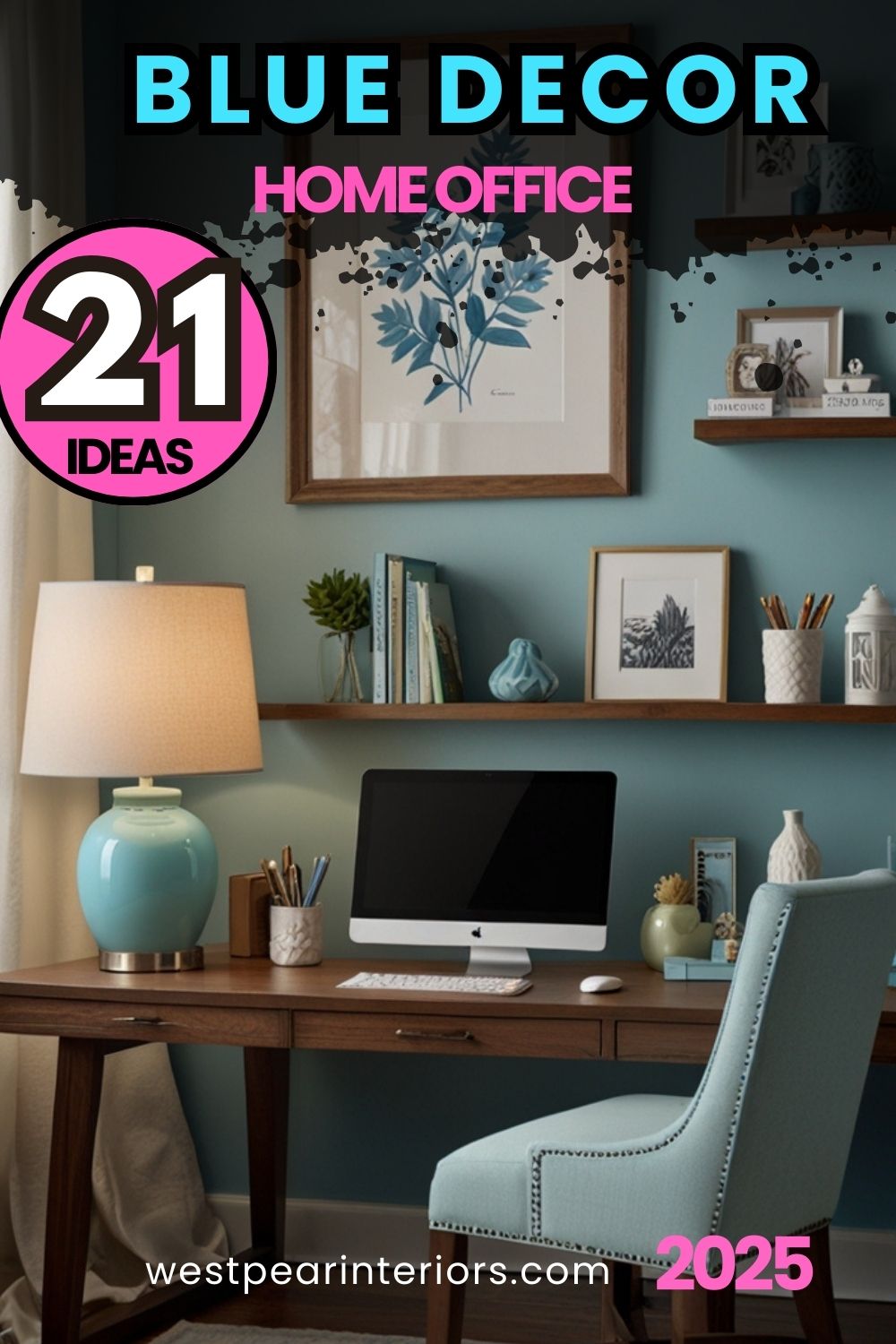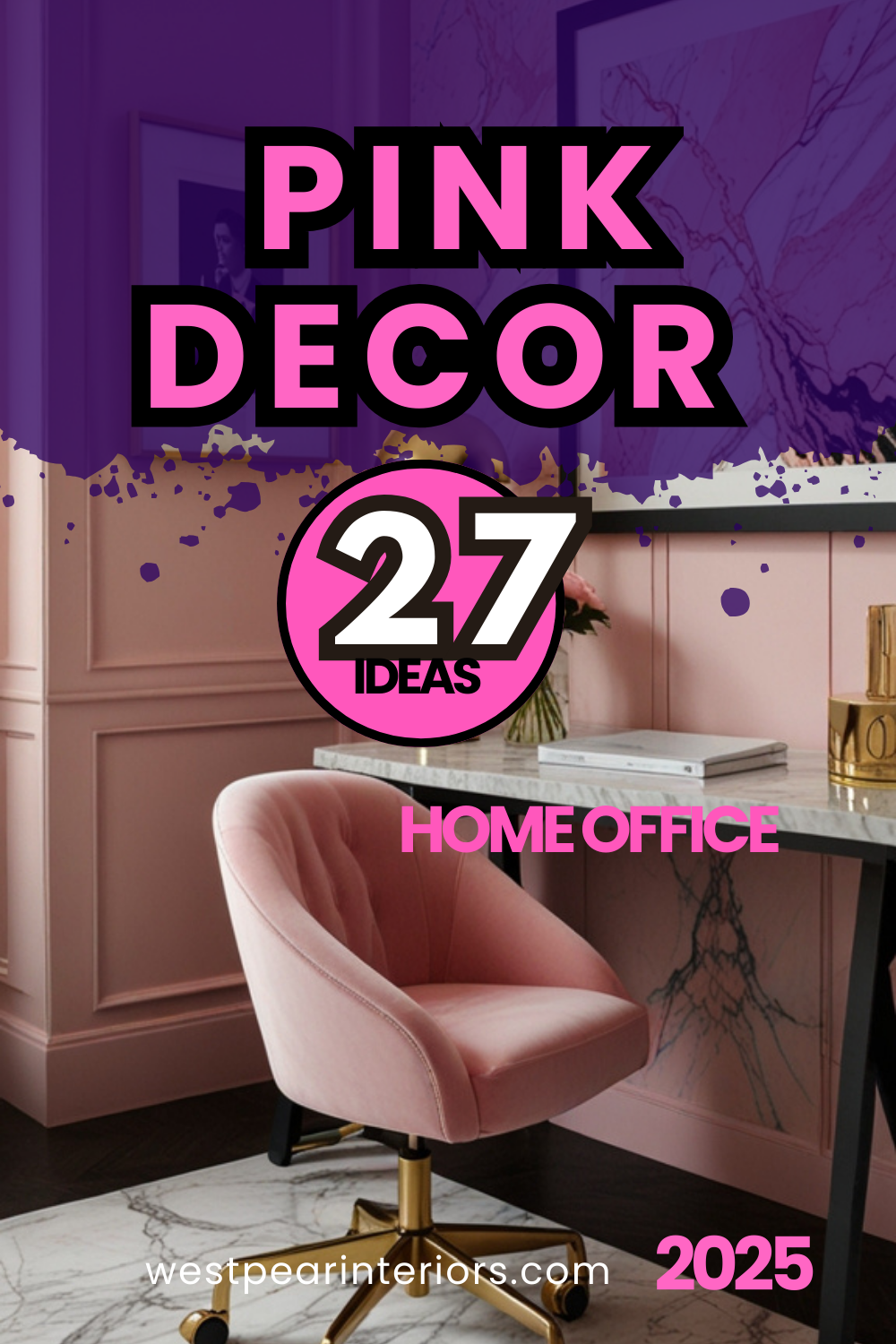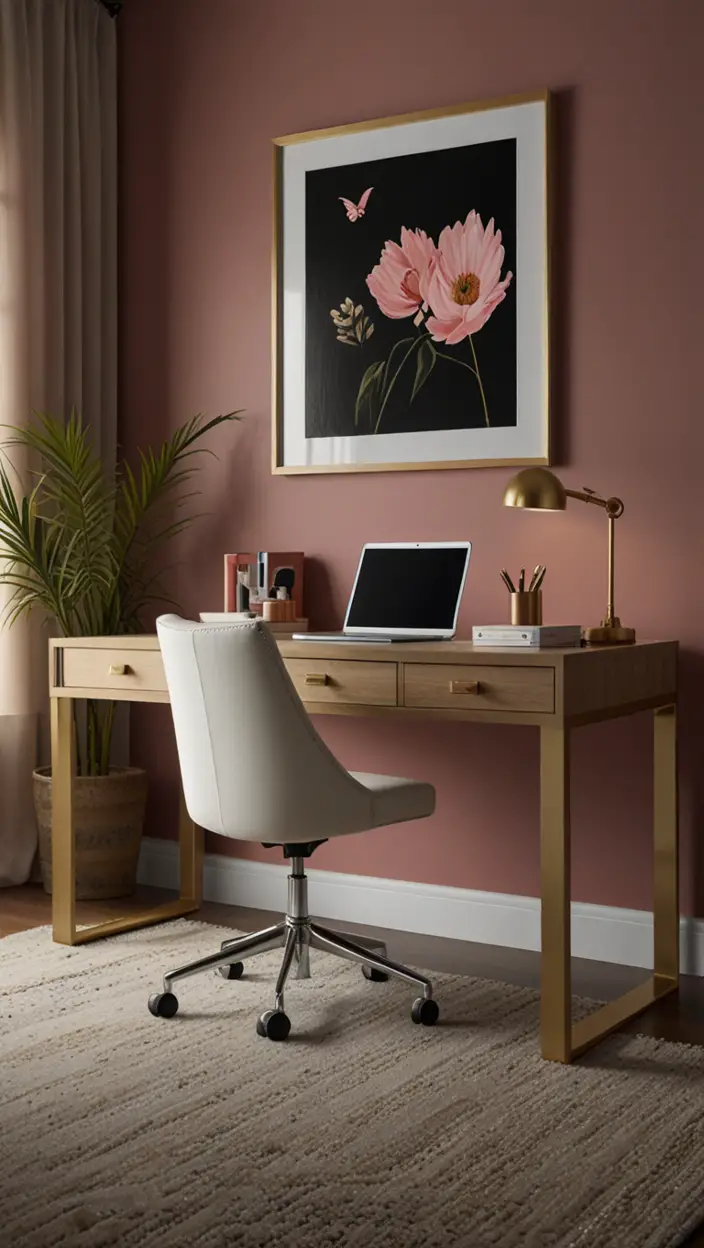Discover the secret to creating a vibrant and inspiring home office by mastering the art of color mixing and matching. Explore innovative ideas and tips in this guide.
Mixing and matching different colors in the home office can be an exciting process that allows you to create a space that is both visually appealing and conducive to productivity.
When selecting colors, consider the overall aesthetic of your home decorating style, aiming for a cohesive look throughout the space. Utilize color swatches or digital tools to help you experiment with various color combinations and find the perfect match for your home interior design.
Incorporating complementary colors or varying hues can add depth and interest to the room, while keeping the overall color palette relatively harmonious. Be sure to test paint samples on your walls before committing to a color to ensure it complements the space.
By strategically selecting and coordinating colors, you can transform your home office into a stylish and functional workspace that inspires creativity and focus.
Popular Color Combinations for a Home Office Design:
When designing a home office, popular color combinations that create a conducive work environment include:
– **Blue and White:** Blue has a calming effect and promotes productivity, while white adds brightness.
– **Gray and Yellow:** Gray provides a neutral backdrop, and yellow adds a pop of energy.
– **Green and Brown:** Green symbolizes nature and growth, while brown brings warmth and sophistication.
– **Black and White:** This classic combination exudes elegance and is perfect for a modern office space.
– **Neutral Tones:** Beige, cream, and light gray create a serene and versatile atmosphere.
Mixing Bold and Neutral Colors in Home Office Decor:
My Lovely Spring Paint for 2025
Ready for a Spring Makeover? Explore the Freshest 2025 Paint Trends!
White Sage/Green SW Pistachio green Soft blue Honeysweet/Orange Pink Sugar Sage Tint BMAs an Amazon Associate, I may earn a commission from qualifying purchases at no extra cost to you.
Combining bold and neutral colors can add depth and visual interest to your home office decor. Incorporate bold hues, such as deep red or navy, sparingly in accent pieces like curtains, rugs, or artwork. Pair them with neutral colors like white, beige, or gray on walls and furniture to create a balanced and harmonious look.
Choosing Complementary Colors for a Home Office:
When choosing complementary colors for your home office, refer to the color wheel. Colors opposite each other on the wheel, such as blue and orange or purple and yellow, create vibrant and dynamic color schemes. Incorporate these complementary colors in varying intensities to strike a perfect balance in your workspace.
Incorporating Different Color Hues in a Home Office:
To incorporate different color hues in your home office space, consider creating a focal point with a bold hue and then using its lighter or darker shades in different elements. For example, if you choose a deep blue accent wall, use lighter shades of blue in furniture or accessories to tie the space together cohesively.
Tips for Organizing Colors and Decor in a Home Office:
My fAV Spring DECOR for 2025
Discover Spring’s Best 2025 Decor Combinations – Perfect for Any Room!
Oversized Indoor Plants White Curved Sofas Rugs BOH Brown Cream Moroccan Hype Boho Rug Outdoor Patio Furniture Sets Topfinel Pillow CoversAs an Amazon Associate, I may earn a commission from qualifying purchases at no extra cost to you.
Organize colors and decor in your home office by sticking to a consistent color palette. Use color-blocking techniques to visually divide the space and create a sense of order. Ensure that decor items complement each other in terms of color, texture, and style to maintain a harmonious look throughout the office.
Creating a Cohesive Color Scheme in a Home Office:
To create a cohesive color scheme in your home office, start by selecting a primary color that sets the tone for the space. Use this color as a base and then introduce complementary shades and tones to build depth and visual interest. Ensure that all colors in the scheme harmonize well with each other to maintain a unified look.
Alternative Paint Options for a Mixed and Matched Color Look:
If you want to achieve a mixed and matched color look in your home office without painting entire walls, consider alternative paint options like:
– **Color Blocking:** Paint geometric shapes or patterns on a wall using different colors for a modern and artistic touch.
– **Ombre Effect:** Create a gradient effect by blending two or more colors from light to dark or vice versa to add depth and dimension to your walls.
– **Accent Wall:** Paint one wall in a bold color while keeping the rest neutral to highlight the architectural features of the room.
Additional Insights:
For a personalized touch and unique color scheme, consider incorporating colors that resonate with your personality, work style, and preferences. Experiment with different color combinations until you find the perfect mix that inspires creativity and productivity in your home office.
Conclusion:
Mixing and matching different colors in a home office involves thoughtful planning and strategic use of color theory principles to create a space that energizes and motivates you. By combining bold and neutral colors, choosing complementary hues, and organizing colors effectively, you can design a home office that reflects your style and enhances your productivity.
Key Takeaways:
– **Select a primary color and build around it with complementary shades for a cohesive look.**
– **Incorporate bold colors in accent pieces to add personality and vibrancy to the space.**
– **Experiment with alternative paint options like color blocking or ombre effects for a unique touch.**
– **Maintain a consistent color palette and ensure decor items complement each other harmoniously.**






